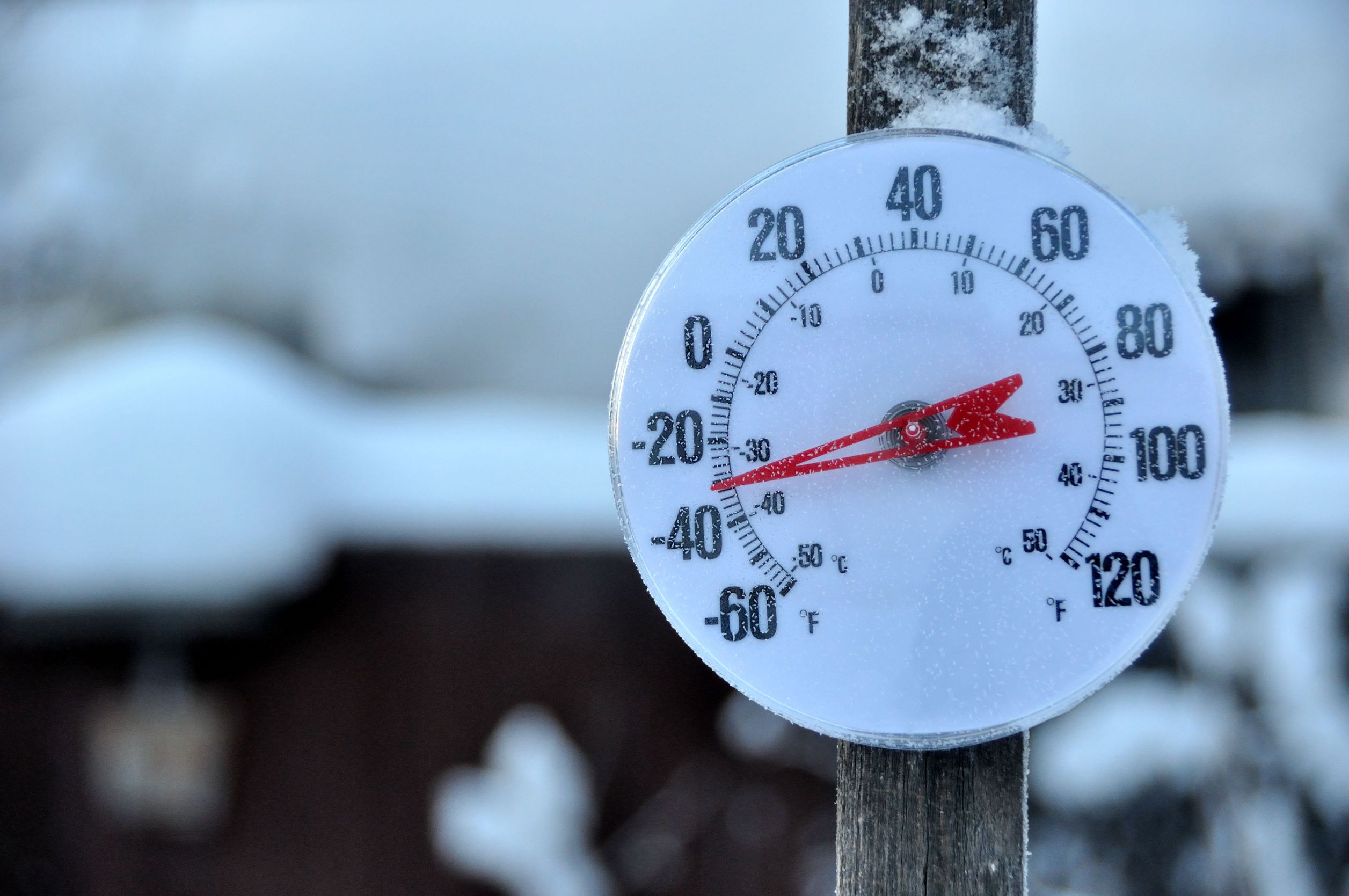


Working outdoors is inevitable for many New Brunswickers, from construction workers and firefighters to maintenance and recreation workers.
When the temperature drops, workers need to take precautions. Cold weather can be a serious hazard, exposing them to the potential for hypothermia and frostbite.
Wearing proper clothing is the first line of protection. WorkSafeNB recommends outdoor workers dress in three layers to combat the cold.
The first layer should be snug-fitting and made of a material such as polypropylene that wicks moisture away from the skin. The second layer should be loose and warm – like fleece, wool or down – and the third should be wind- and waterproof, like nylon or Gore-Tex. Avoid wearing cotton as it easily gets wet.
Wear a knit hat; it will keep your whole body warmer. Snug-fitting mittens or gloves should be worn that won’t get caught in machinery. Gloves can be used below 4°C for light work and below -7°C for moderate work. For work below -17°C, mittens should be used. Footwear should be insulated, waterproof and slip-resistant.
To prevent overexposure to cold, measure temperature with the wind factor frequently. Take warm-up breaks in a shelter. Pace yourself. Physical activity can produce body heat, but it can also lead to sweating. Sweating results in wet clothing, which will cool the body. Most importantly, know the first signs of cold stress and watch for these signs in your co-workers too.
Warning signs of hypothermia:
Warning signs of frostbite:
If you notice any of these signs, call for emergency help. If help is not immediately available, remove any wet clothing and dry the worker. Warm them gradually by wrapping them in blankets, or putting on dry clothing and moving them to a warmer place.
Employers have a responsibility under the Occupational Health and Safety Act to ensure employees are properly attired and supervised when working under extreme cold conditions. More information on how to work safely in the cold can be found on WorkSafeNB’s Surviving the Cold Hazard Alert or Guide to OHS Legislation.